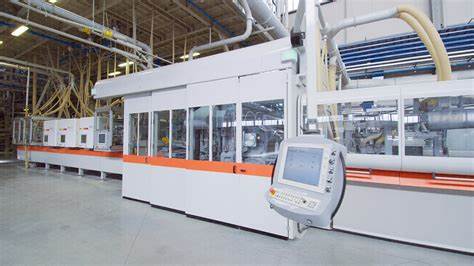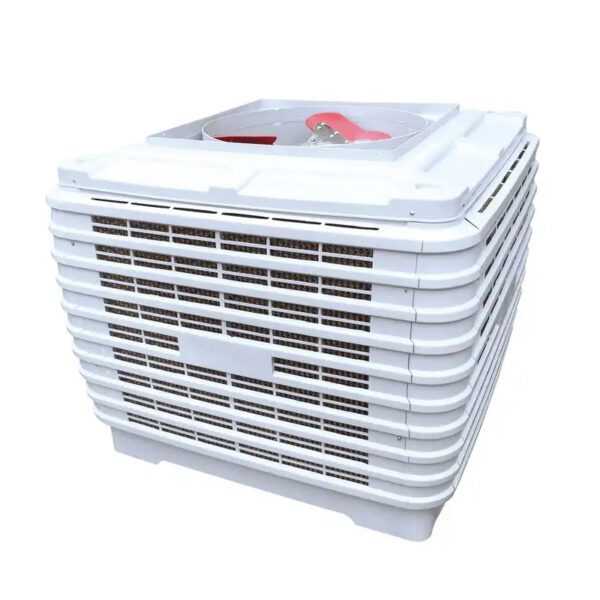 Website Copy Makeover – Turn Visitors into Buyers Instantly!
Website Copy Makeover – Turn Visitors into Buyers Instantly!
Grid-Scale Battery Storage Technologies Market: Innovations, Trends, and Future Growth
Written by Sujal Bhowal » Updated on: June 17th, 2025

The Grid-Scale Battery Storage Technologies Market is evolving rapidly, driven by the increasing need for energy security, renewable energy integration, and grid stability. With the rising adoption of renewable sources like solar and wind, energy storage systems (ESS) have become crucial for overcoming intermittency challenges.
A key trend in this sector is the emergence of Long-Duration Energy Storage (LDES), which is transforming the way electricity grids operate. Technologies like flow batteries, liquid metal batteries, and iron-air batteries are shaping the future of energy storage, offering extended storage durations at lower costs.
This article explores the latest developments in grid-scale battery storage, the role of LDES in addressing renewable intermittency, and market projections, along with key players investing in the industry
The Role of Grid-Scale Battery Storage in the Energy Transition
Grid-scale battery storage systems are essential for balancing electricity supply and demand. They store excess energy generated from renewable sources and release it when demand peaks or when renewable generation is low. These systems improve grid reliability, enhance energy security, and support decarbonization efforts.
Several factors are driving the adoption of grid-scale energy storage, including:
• The global push for carbon neutrality and decarbonization policies.
• Declining costs of battery storage technologies.
• The need for backup power and grid stability due to extreme weather events.
• Advancements in long-duration energy storage (LDES) technologies.
While traditional lithium-ion batteries dominate the market, they have limitations in terms of cost and duration. This has led to increased investment in alternative battery chemistries capable of storing energy for longer durations at lower costs.
Long-Duration Energy Storage (LDES): The Next Frontier
Long-Duration Energy Storage (LDES) refers to storage technologies that can provide power for six hours or more, making them ideal for solving renewable intermittency issues. Unlike conventional lithium-ion batteries, which are best suited for short-duration applications (typically 1–4 hours), LDES solutions are designed for multi-day or seasonal energy storage.
LDES is gaining attention due to its potential to:
• Provide reliable backup power during prolonged periods of low renewable energy generation.
• Reduce dependency on fossil fuel-based peaking power plants.
• Enable better grid integration of solar and wind energy.
• Lower overall energy storage costs through improved efficiency and scalability.
Emerging LDES Technologies
Several cutting-edge LDES technologies are making significant progress, offering viable alternatives to lithium-ion batteries. These include:
1. Flow Batteries
Flow batteries use liquid electrolytes stored in separate tanks, allowing for independent scaling of power and energy capacity. They are ideal for large-scale energy storage due to their long cycle life and ability to discharge power for 10+ hours.
• Types of Flow Batteries:
◦ Vanadium Redox Flow Batteries (VRFBs) – Widely used in grid-scale applications due to their long lifespan and ability to retain capacity over thousands of cycles.
◦ Zinc-Bromine Flow Batteries – Offer lower costs but require improved efficiency for large-scale deployment.
Companies investing in flow battery technology:
• ESS Inc. (Vanadium Flow Batteries)
• Invinity Energy Systems (Redox Flow Batteries)
• Primus Power (Zinc-Bromine Flow Batteries)
2. Liquid Metal Batteries
Developed by Ambri, liquid metal batteries utilize molten metal and salt electrolytes, providing a high-energy-density solution for long-duration storage. These batteries offer:
• Lower production costs due to earth-abundant materials.
• Extreme durability with minimal capacity degradation over time.
• High efficiency for grid applications.
Ambri is leading the development of liquid metal batteries, with pilot projects aimed at multi-hour and multi-day storage applications.
3. Iron-Air Batteries
Iron-air batteries, developed by Form Energy, use reversible rusting processes to store and release energy. These batteries are gaining traction due to:
• Ultra-low costs, as iron is widely available and inexpensive.
• 100-hour discharge capability, making them ideal for long-duration storage.
• Sustainability, as they do not rely on rare or toxic materials.
Form Energy has secured funding from Breakthrough Energy Ventures, ArcelorMittal, and major utilities, positioning iron-air batteries as a game-changer in the LDES market.
How LDES Solves Renewable Energy Intermittency Challenges
One of the biggest challenges in renewable energy adoption is its variable and intermittent nature. Solar and wind power generation fluctuate based on weather conditions, leading to supply-demand imbalances. LDES technologies address this by:
1. Enabling 24/7 Renewable Energy Availability
LDES systems store excess solar and wind energy during peak generation hours and release it when needed, ensuring a continuous power supply.
2. Reducing Dependence on Fossil Fuels
By replacing gas peaker plants, LDES technologies help reduce carbon emissions and reliance on non-renewable resources.
3. Supporting Grid Stability and Resilience
LDES systems provide backup power during grid failures, extreme weather events, and energy shortages, enhancing overall grid reliability.
4. Lowering Energy Costs
LDES enables the storage of cheap off-peak energy for use during high-demand periods, reducing electricity costs for consumers and businesses.
Market Projections and Key Players Investing in LDES
The global grid-scale battery storage market is expected to experience exponential growth, with LDES playing a crucial role.
Market Forecasts
• The grid-scale energy storage market is projected to reach $11 billion by 2030, driven by renewable energy adoption and technological advancements.
• Government policies and incentives, such as the U.S. Inflation Reduction Act (IRA) and EU Green Deal, are accelerating LDES investments.
Key Players Investing in LDES Technologies
Several leading companies and investors are backing LDES solutions, including:
• Form Energy – Iron-air battery technology with funding from Breakthrough Energy Ventures.
• Ambri – Liquid metal batteries, backed by Bill Gates and Reliance Industries.
• ESS Inc. – Vanadium flow batteries for grid-scale applications.
• Energy Vault – Gravity-based LDES solutions using stacked blocks to store energy.
• Fluence – A global leader in grid-scale battery storage with a focus on integrating LDES into energy markets.
Government and Utility Investments
• The U.S. Department of Energy (DOE) has allocated over $500 million for long-duration energy storage demonstration projects.
• European utilities like Enel and EDF are deploying LDES projects to enhance grid reliability.
• China is investing heavily in LDES technologies, aiming to install over 100 GW of energy storage by 2030.
Conclusion: The Future of Grid-Scale Battery Storage and LDES
The grid-scale battery storage market is at a turning point, with LDES technologies paving the way for a cleaner, more reliable energy future. Flow batteries, liquid metal batteries, and iron-air batteries are emerging as viable solutions for longer storage durations, lower costs, and enhanced sustainability.
As renewable energy capacity continues to grow, investments in LDES solutions will accelerate, supported by governments, utilities, and private investors. Companies that innovate in long-duration storage will play a crucial role in shaping the future of energy storage and grid modernization.
With breakthroughs in LDES technologies, the vision of a fully renewable-powered grid is becoming a reality, bringing us closer to a sustainable and resilient energy ecosystem.
Note: IndiBlogHub features both user-submitted and editorial content. We do not verify third-party contributions. Read our Disclaimer and Privacy Policyfor details.
Copyright © 2019-2025 IndiBlogHub.com. All rights reserved. Hosted on DigitalOcean for fast, reliable performance.
















